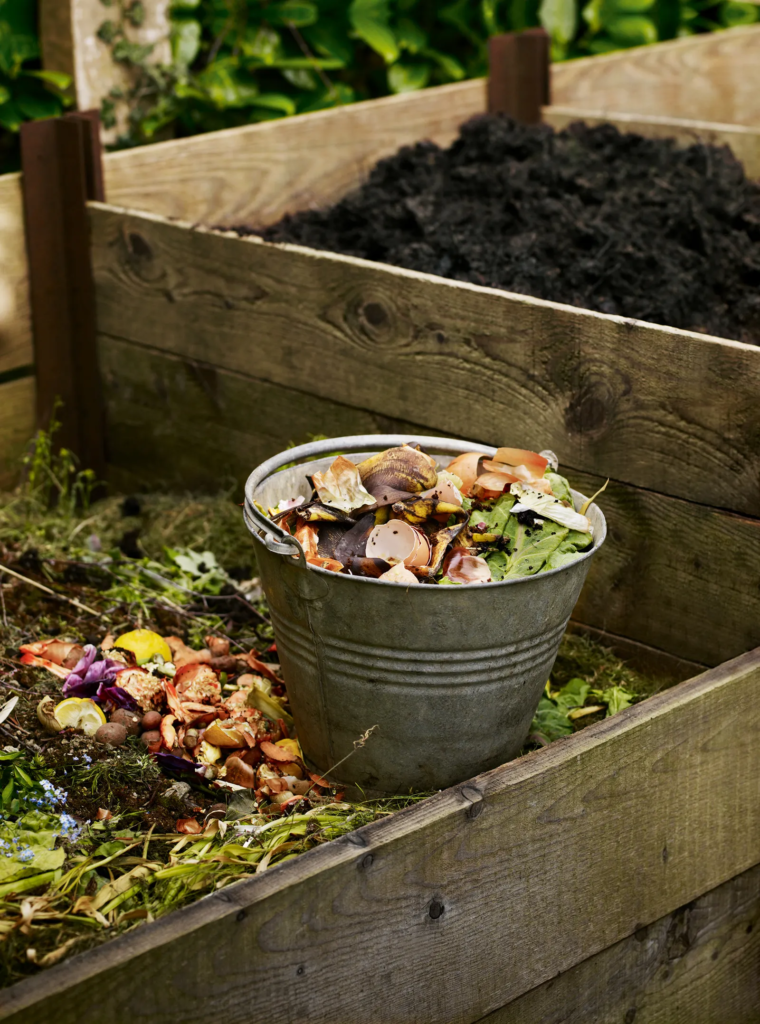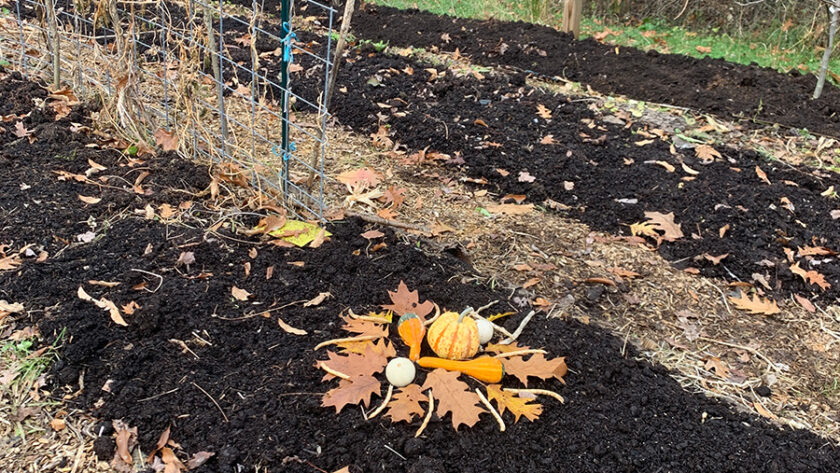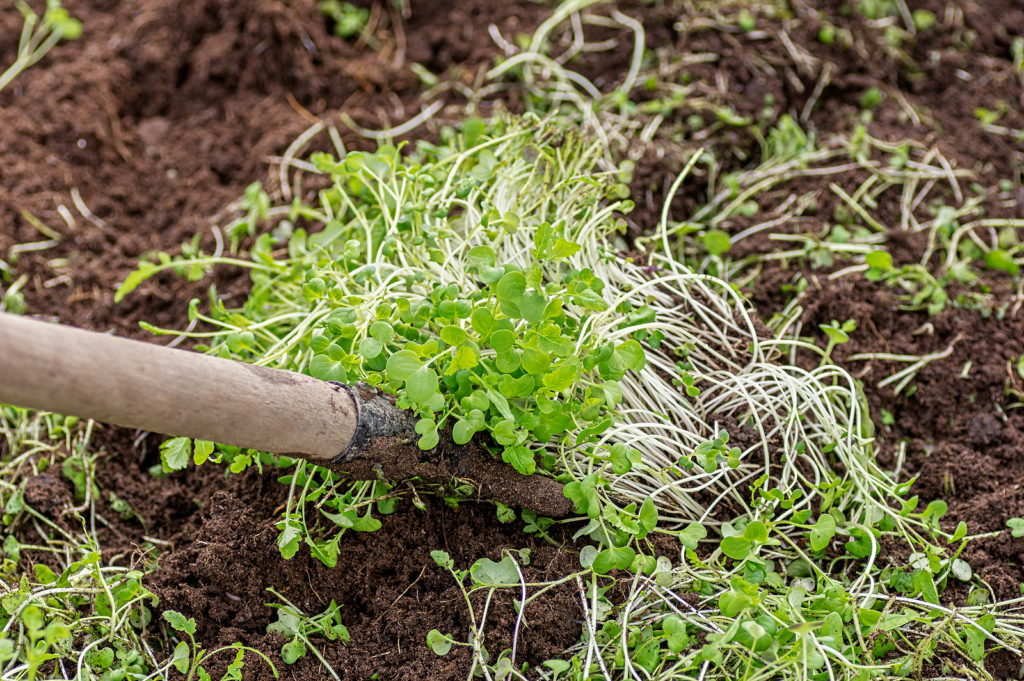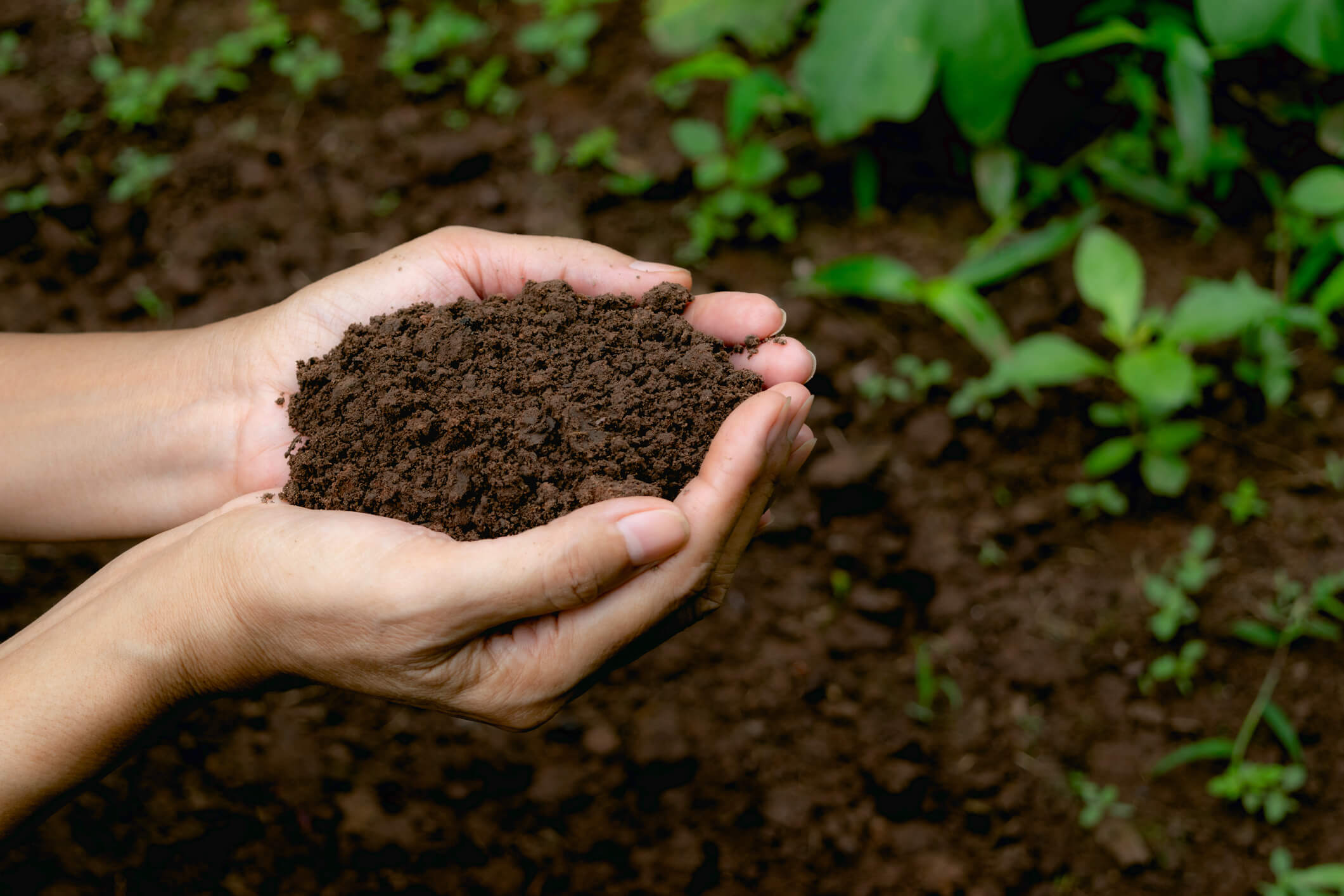13 November 2021, Written by Benedict Vanheems
Healthy soil is the cornerstone of a thriving garden. In nature, exposed soil is rare because it’s easily eroded by wind, rain, and snow, which also wash away the soil’s vital nutrients. In the garden, keeping your soil covered and well-fed is essential for plant health, as it improves soil structure, promotes biodiversity, and enriches fertility. The good news is that you don’t need to purchase expensive soil treatments to improve your garden soil—many of the best solutions are free or inexpensive. Here are three simple, effective ways to build soil health over the winter months, laying the foundation for a successful growing season next spring.
1. Compost & Manure
Compost and manure are two of the most straightforward and effective ways to enrich your soil. Compost can be made at home by recycling kitchen scraps, prunings, grass clippings, straw, and leaves. When managed well, a compost pile will break down into rich, crumbly material that’s packed with nutrients.
Manure, especially well-aged horse or cow manure, is another valuable resource for building soil health. However, be cautious of manure that may contain herbicide residues (such as aminopyralid), as these can persist in the soil and harm plants for years.

To use compost or manure, simply spread a 1-inch (3 cm) layer over your garden beds in the autumn. As it breaks down throughout the winter, it will help suppress weeds, feed earthworms, and foster microbial activity in the soil, releasing nutrients that will be ready for your plants when spring arrives.
2. Wood Chips & Leaves
Using organic materials that are still in the process of breaking down is another excellent way to improve soil health. Leaves are abundant in autumn—gather them up and lay them over your garden beds. If you live in a windy area, you can weigh them down with canes or netting to keep them in place.
Wood chips are also a great option, especially for fruit trees or bushes. Due to their larger size, wood chips break down slowly, providing long-term weed suppression and a steady release of nutrients. There’s a common myth that wood chips “rob” the soil of nitrogen, but this is only true if large amounts are tilled into the soil. When spread on top, wood chips simply mimic the nutrient-rich environment of a forest floor, slowly enriching your soil. When you’re ready to plant, just push the mulch aside and return it once your plants have established themselves.

3. Cover Crops & Green Manures
Cover crops or green manures are plants grown specifically to protect and improve soil health. These crops shield the soil from erosion, enhance soil structure through their roots, and, when chopped down and incorporated, return vital nutrients to the soil.
One excellent option for winter is field beans (also known as fava beans). These beans fix nitrogen from the air and enrich your soil as they grow. However, it’s important to cut them down before they form pods, as the nitrogen would otherwise be used up by the plant itself.

Sow field beans in the autumn, and they’ll begin to grow before winter fully sets in. Come mid to late spring, chop them down and leave the roots and stems to decompose, further enriching your soil. You can add the chopped plants to your compost pile for future use in the garden.
By utilizing compost, manure, organic mulches like wood chips and leaves, and planting cover crops, you can dramatically improve soil health without breaking the bank. Healthy soil means healthier plants, and with these simple strategies, you’ll be on your way to a thriving garden next season. What are your favorite methods for building soil health? Share your tips below!
